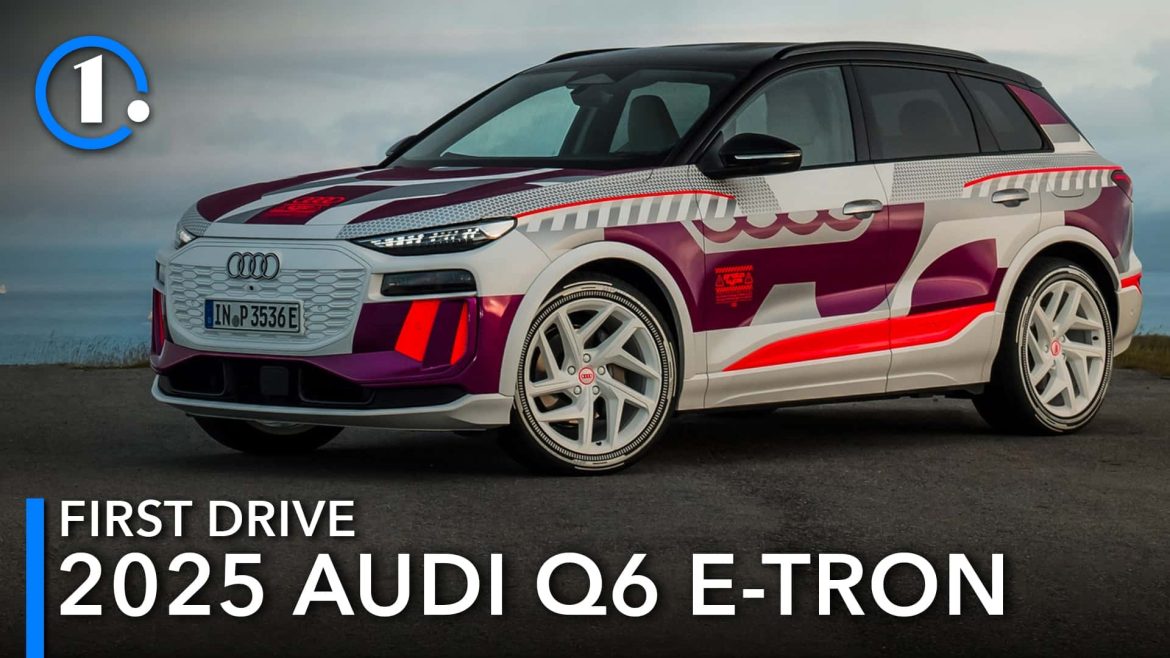The Audi A6 Sportback e-tron and Avant e-tron models have set new benchmarks in aerodynamic efficiency within the Volkswagen Group. The Sportback variant achieves an impressive drag coefficient (Cd) of 0.21, making it the most aerodynamic Audi ever, while the Avant version follows closely with a Cd of 0.24, leading its body segment.
This achievement is the result of the collaboration between Audi’s aerodynamics experts and designers. The team conducted approximately 2,800 simulations and spent extensive time in wind tunnels to optimize every aspect of the vehicle’s design. Key factors contributing to the low drag coefficients include the basic proportions of the car, featuring a slim greenhouse and sloping roofline, as well as numerous detailed refinements.
Specific aerodynamic improvements include air curtains to enhance airflow around the front of the car, carefully designed aero bezels at the rear, and a highly optimised underfloor. The switchblade cool-air intake under the Singleframe grille alone improved the Cd value by 0.012, equivalent to about 12 kilometres of range.
The team paid close attention to every element, from the radii and stiffening ribs on the underfloor to the rear diffuser and wheel spoilers. Even the wheels were designed with aerodynamics in mind, with special aero wheels available in 19″, 20″, and 21″ sizes. The difference in drag coefficient between the best and worst wheels is only 0.015 Cd, indicating that nearly all wheel options are optimised for aerodynamics.
This focus on aerodynamic efficiency not only improves the vehicles’ performance but also significantly enhances their electric range. The Audi A6 e-tron models represent a continuation of Audi’s long-standing commitment to aerodynamic excellence, which dates back to pioneering designs like the NSU Ro 80 in 1967 and the third-generation Audi 100 in 1982.
Building on Audi’s aerodynamic legacy, the A6 e-tron models showcase the culmination of decades of research and innovation. The achievement of these exceptional drag coefficients represents a significant leap forward in electric vehicle efficiency, directly translating to improved range and performance.
The development process was highly collaborative, with aerodynamics experts Andreas Lauterbach and Matteo Ghelfi working closely with designers to find optimal solutions that balanced aesthetics and aerodynamic function. This iterative process involved countless refinements, often down to the millimetre, to achieve the best possible results.
Notable innovations include the larger-than-usual aero bezels on the A6 Avant e-tron, which alone improved the range by 8 kilometres. The underfloor design was given particular attention, with specialised components like 3D bumpers and wheel spoilers individually optimised for both the Sportback and Avant models.
The attention to detail extended to the wheels, where designer Andreas Valencia Pollex created aerodynamically efficient options across various sizes. This holistic approach to aerodynamics demonstrates Audi’s commitment to maximising efficiency in every aspect of their electric vehicles, setting a new standard in the industry.



